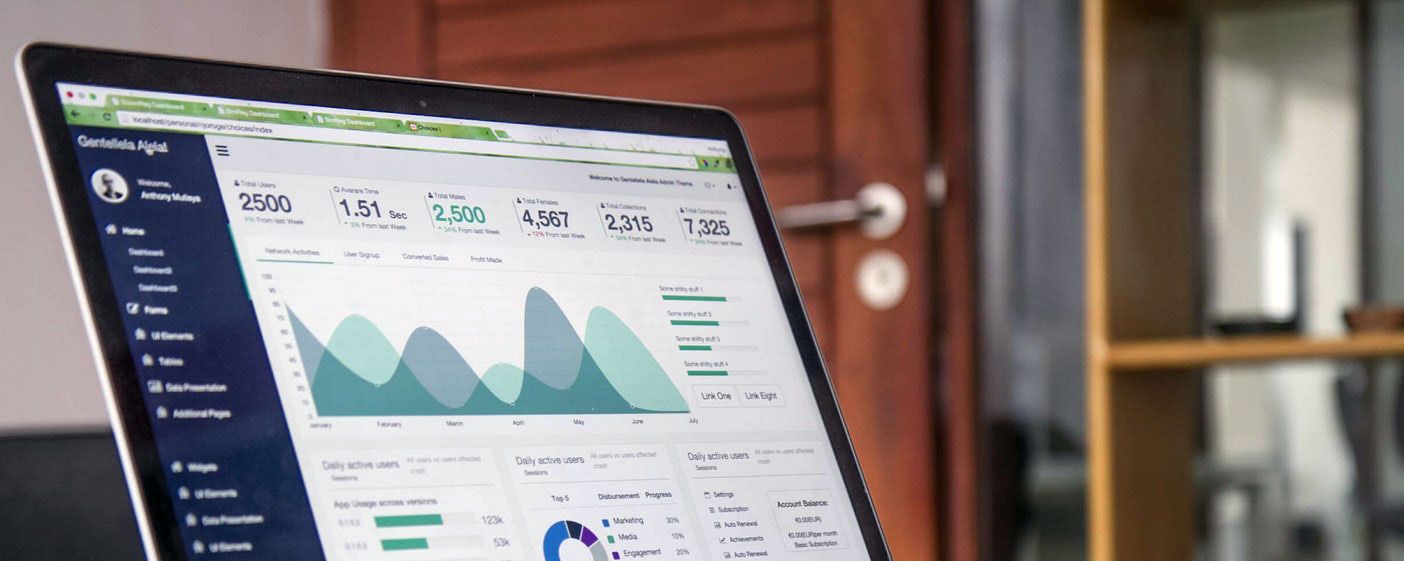-
1: Tenets of human-centered thinking
9 Lessons -
3: Strategy development framework
11 Lessons -
4: Initial hypothesis formation
14 Lessons-
Start4.1: Recap
-
Start4.2: Importance of diagnosis
-
Start4.3: Hypothesis-experiment-feedback
-
Start4.4: Formulating hypothesis – Whom to meet
-
Start4.5: What to enquire
-
Start4.6: How to do it
-
Start4.7: Understanding macro trends
-
Start4.8: Understanding category dynamics
-
Start4.9: Understanding competition and your brand
-
Start4.10: DEMO VIDEO
-
Start4.11: Formation of initial hypothesis
-
Start4.12: Keep an open mind
-
Start4.13: Assignment
-
Start4.14: Explore more
-
-
7: Research inquiry
14 Lessons-
Start7.1: Overall areas of investigation
-
Start7.2: Life context
-
Start7.3: Relationship with category
-
Start7.4: Example: Story of Edwin
-
Start7.5: Purchase process – Trigger
-
Start7.6: Consider-search
-
Start7.7: Choose/buy/experience
-
Start7.8: Compromises
-
Start7.9: Purchase process for communication
-
Start7.10: Brand values
-
Start7.11: Concept testing
-
Start7.12: Quiz
-
Start7.13: Assignment
-
Start7.14: Explore More
-
-
9: Analysis - Synthesis
16 Lessons-
Start9.1: Recap
-
Start9.2: Spontaneous data capture
-
Start9.3: Variables for clustering data
-
Start9.4: Organizing data
-
Start9.5: Looking for themes
-
Start9.6: Forming connections
-
Start9.7: Seek contradictions
-
Start9.8: Build narrative
-
Start9.9: Search for patterns
-
Start9.10: Inquiring co-incidences
-
Start9.11: Alignment formation
-
Start9.12: Creative insights
-
Start9.13: Cautions
-
Start9.14: Quiz
-
Start9.15: Assignment
-
Start9.15: Explore More
-
Human Centered Strategy - Masterclass - Ekalavya Track
For Self Learners: A futuristic approach to solving business issues
-By DILIP SHANKAR Partner,
Centre of Gravity
Is strategy something you are interested in?
And have you ever felt this way?
• A sense that what you learned so far is not tailored to deal with real-world business problems?
• Feeling like you’re not able to see the bigger picture and getting lost in the details?
• That your responsibility and authority have gone up but somehow you feel that your skills haven’t caught up?
You are not alone. Our MBAs and our workplaces are not designed to give us a grounding in fundamentals. What we have been taught are processes. Which is fine in a definite and certain world. But the world we live in is increasingly unpredictable and dynamic.
What you will learn in this course.
Most strategists will have flashes of brilliance in their careers once in a while. But to be consistently great at it needs a philosophy and method that can stand the test of an ever-changing world.
To be a great strategist when the rules of the game don't really change, when the parameters of business are by and large the same is relatively easier. But we don't live in a world like that.
To be a successful strategist, this course will teach you:
• How to grasp issues and create elegant solutions consistently
• Principles and a process to identify and solve problems
• How to make trade-offs and take good decisions
• How to ask the right questions so that answers reveal themselves
• In a limited time, how to stop doing piecemeal solutions and create more holistic and sustainable solutions
• A foundation to bring all your learning together to bear upon the problem and solve it.
Who this course is for. And who it is not.
I truly believe that anyone can be a strategist. Because we all make strategic choices every day. But this course is for someone who dreams of or has chosen to make strategic thinking a big part of their career. Or someone for whom strategic thinking is a core skill they need in whatever they do. This course is for them. You could be an entrepreneur, a startup guy, a strategist in a firm, a manager leading a team - in today’s everchanging world, we all need a robust method to make strategic choices in the limited time we have to make them.
That being said, this course is NOT for the dilettante or the dabbler. If you are the kind of person who wants a quick fix or a few hacks to strategic thinking, then I ask you to go no further.
Learning the philosophy and practice of human-centered strategy is like learning Kung Fu. Or becoming a Jedi Knight. It is for the chosen few. To become excellent, this path demands diligence and perseverance from the learner. Like a true apprentice or padawan, it can be done by anyone who can commit to learning and practicing every day. So ask yourself, will you commit? Will you stay the course? Like Po in Kung Fu Panda, if you can commit, then I can guarantee that you will become a true human-centered strategic thinker.

Two kinds of courses. For two kinds of learners.
For every course in HumanWorks, you have two options. The Ekalavya Course and The Arjuna Cohort Class.

Ekalavya courses
Ekalavya courses like this one are meant for self learners who learn at their own pace. Learners who have the discipline to take the time, watch the course content, do the additional reading, spend time to think about the concepts learned. Students who pose questions in the discussion forums. Who like to receive feedback from the instructor and other students who took the course before them.
The world outside infantilizes today’s learners. By calling them people who are distracted, who only have the capability to take bite size information, or who have an attention deficit that they can't take the time to think and reflect. The Ekalavya courses are for those who can prove such people wrong.
Arjuna Cohort Classes
Arjuna Cohort Classes are Instructor Led Programs for a limited number of students in each course. As the name suggests, this program is on a scheduled calendar of learning. Usually spread about 10 weeks. The courses include pre-recorded content, and weekly live discussions in addition to the online forums for discussion and feedback.
The course is for deep learners, who seek the interactivity of a live class and the deeper interactivity with the instructor and other select students. Since offering these courses by our instructors needs them to take a break from their regular strategy consulting practice, we offer these courses only twice a year. In January and in September.

Why did we name these courses the Ekalavya and Arjuna courses? These are heroic characters in the Indian epic, The Mahabharata.
Both of them were excellent archers, who had very different learning paths.
Course Curriculum

Downloadable E-Book
A handy E-Book ready reckoner with all the key concepts of the course, to brush up on concepts long after the course is done.
Discussion Forum
Ask questions while you are learning. Get feedback from your instructor and from past discussions with students.

Putting human beings at the center of what you do, it feels good. And I think they discover that here. That's why COG is so vital to these programs because they provide that anchor point for our students.
What is attractive for us and what the students find really attractive when they engage with COG is that there's a certain level of authenticity in engagement with people, with topics, with projects.
What struck us and what strikes the students is that the way Centre of Gravity engages with its activities, whether it's building brands or telling stories about issues, is a deep respect for the journey of the topic or the subject, etc. And so there's a perfect overlap between our vision of how to engage and what COG brings in its experience. So it's been a very productive experience.
We see and also appreciate this opportunity to work with Rajesh and his team at the Center of Gravity is its pretty unique perspective that they can bring on to our curriculum, which is the human centered approach.
With this approach, I think that Centre of Gravity is ahead of the curve. And they have been doing this for a while.
And now like the rest of the world is trying to catch up with them, in a sense.
FREQUENTLY ASKED QUESTIONS
When does the course start and finish?
The course starts on the start date and all the content drops in 10 weeks. New content drops every Saturday and assignments have to be completed by Friday. Every week we will have a Zoom meeting to clarify doubts and provide additional learning.
How long is the course? Will I have time for it?
We designed this for people who want deep immersion. Each Saturday you need to allocate about 1 hour to watch the lessons. And then during the week, you should aim to spend at least 1 hour every day working on your assignments.
How do I get the most out of this course?
The best way is to spend time reflecting and thinking about what you learn. This is a starting point for a lifelong practice. The more you practice these skills, the better you’ll get at it.
I am an MBA student. Is this course for me?
Absolutely. These skills are for everyone who thinks of getting into any business. Whether you are looking to land your first job, or you have years of work experience. This course will help you think strategically in a timeless method. Which is a critical skill to develop for a bright future.
I still have questions. How do I contact you?
You can write to me at dilip@centreofgravity.sg












